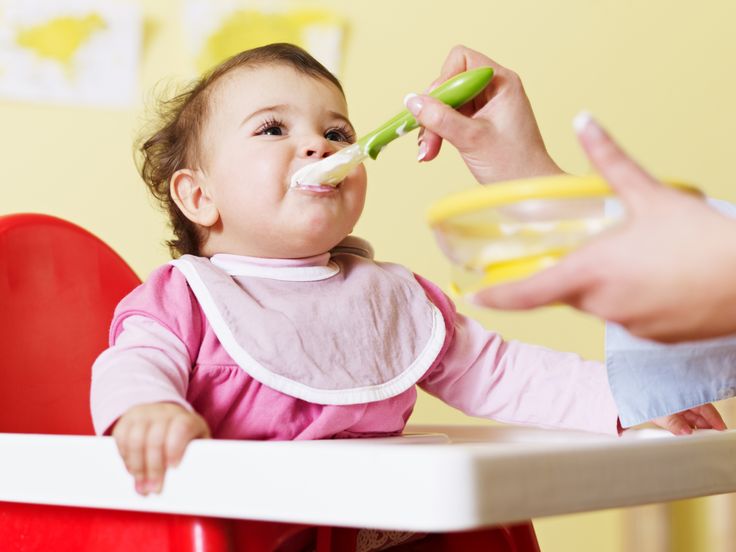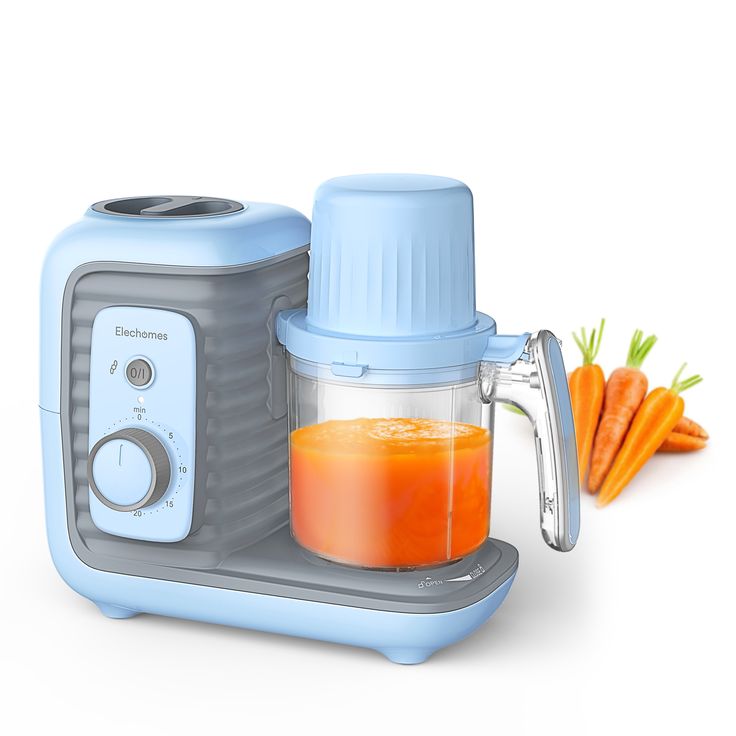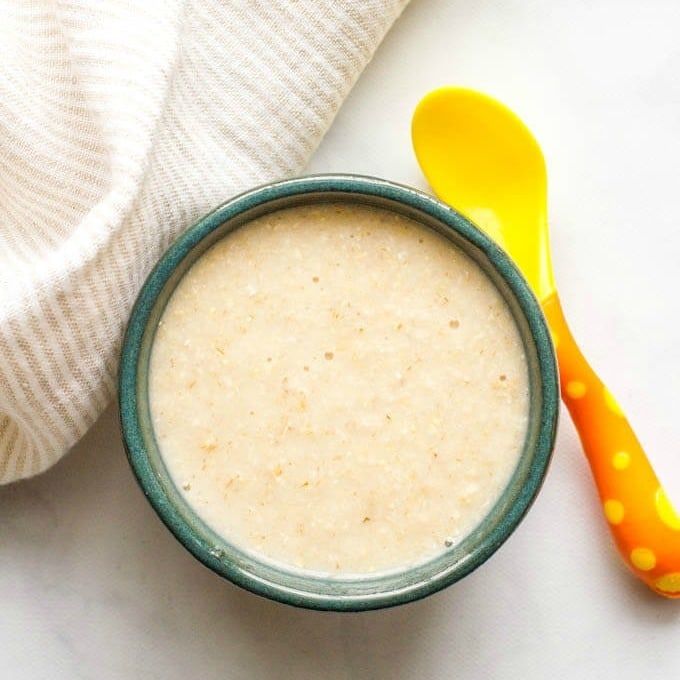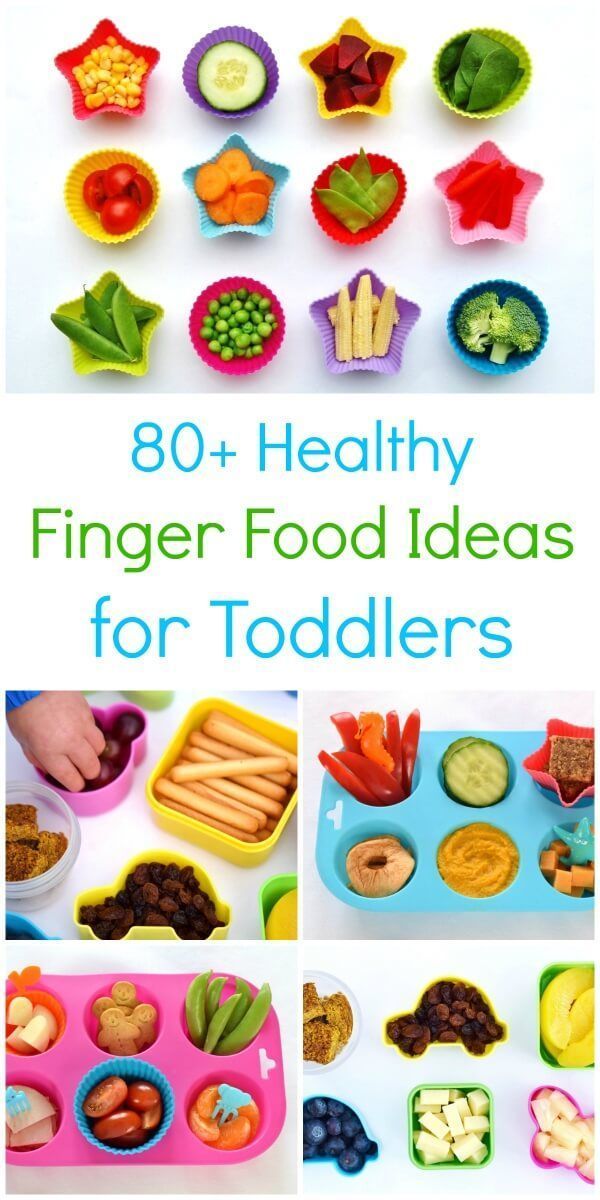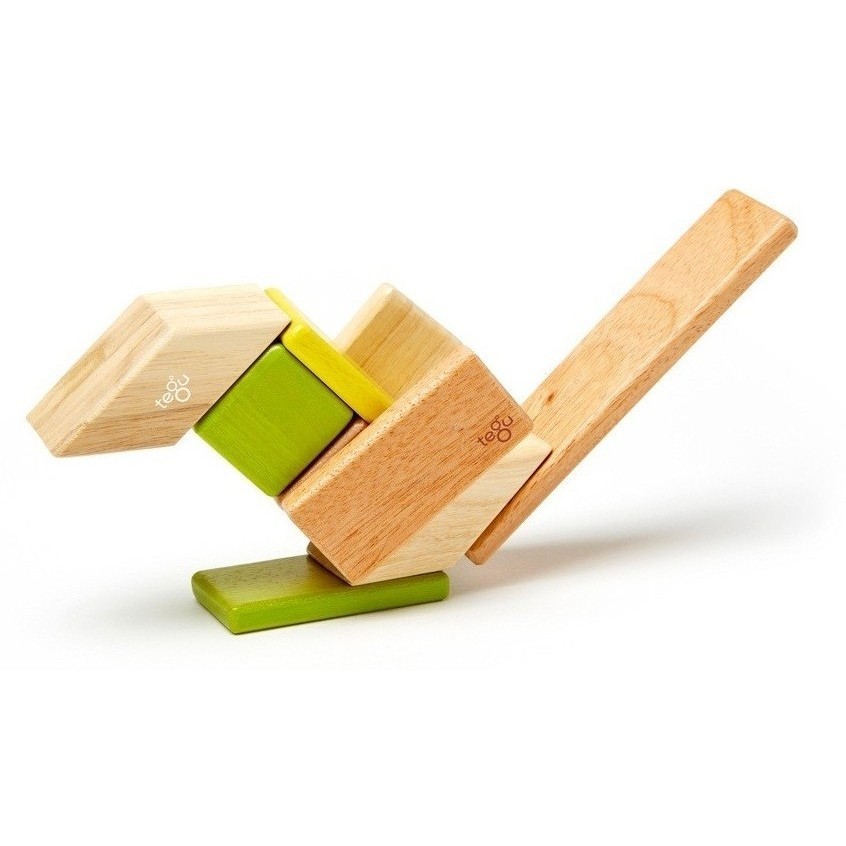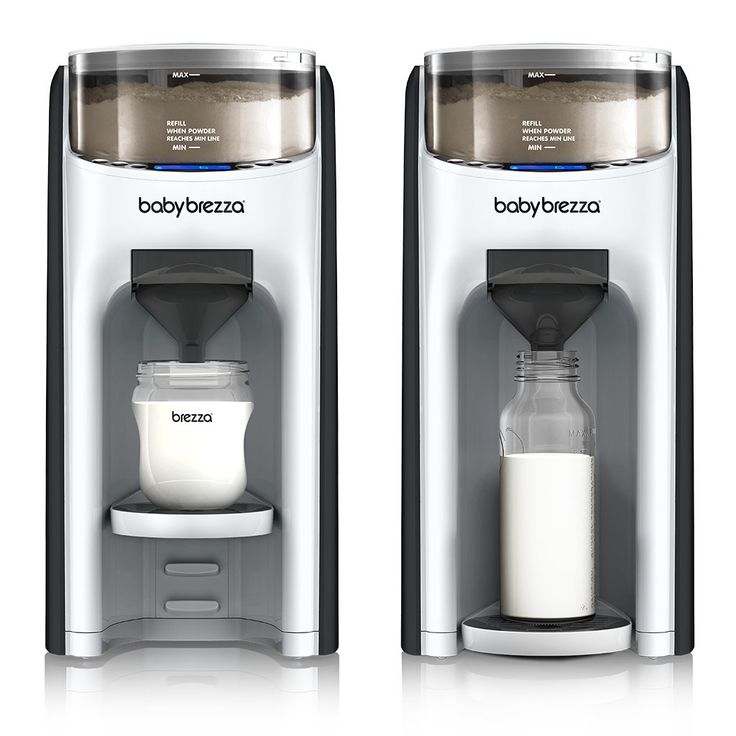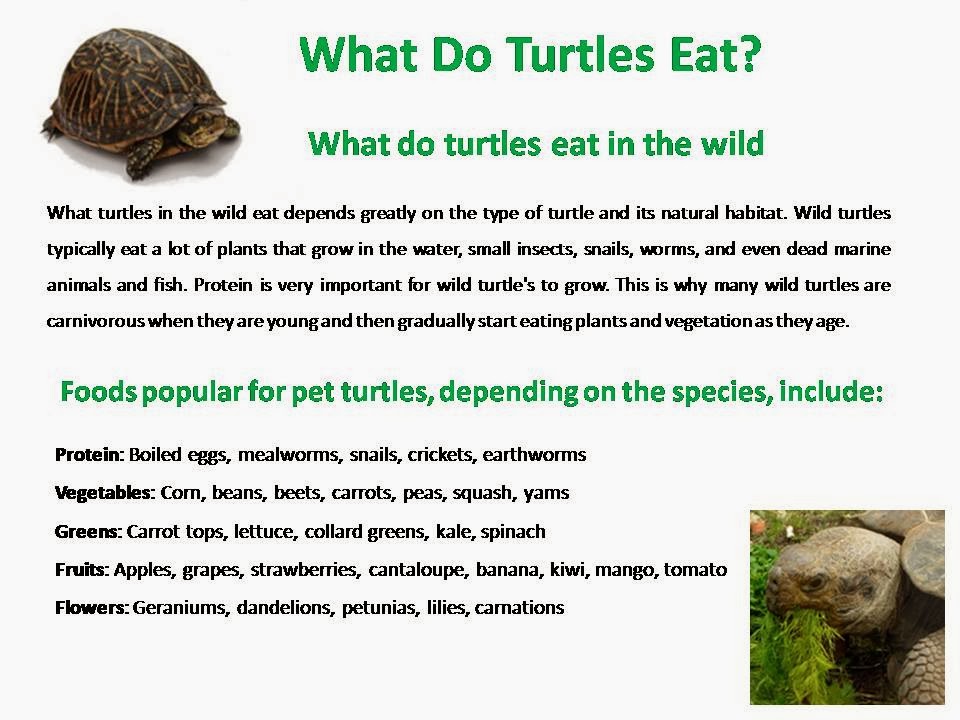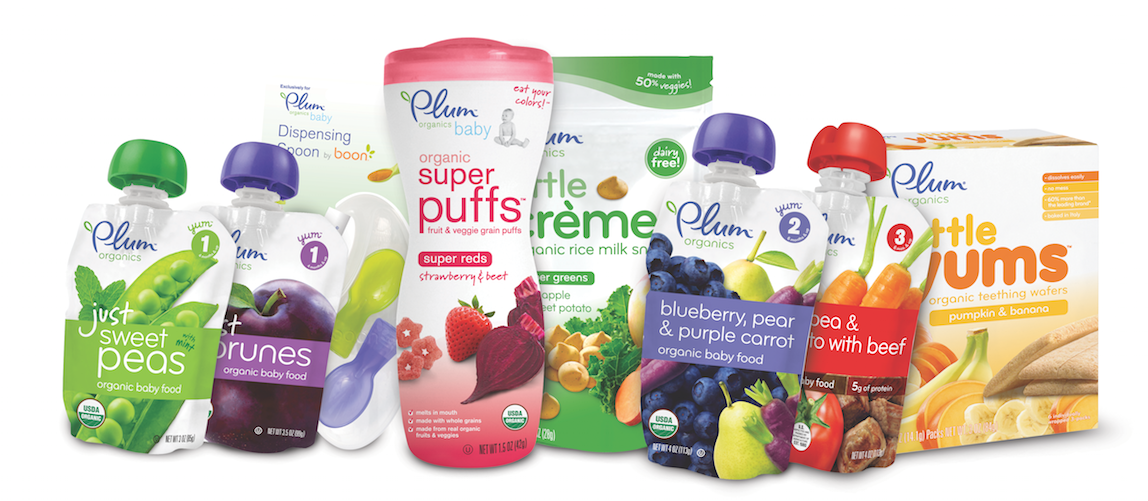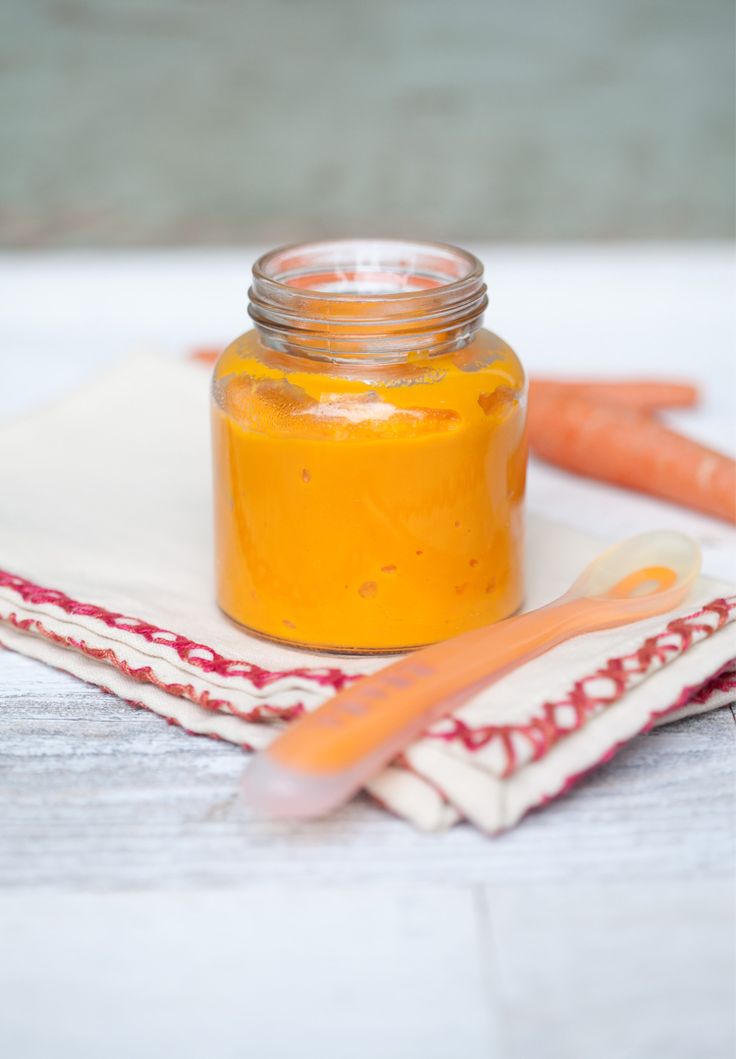Whats in baby food
Heavy metals in baby food? What parents should know and do
If there is anything you can trust to be safe, it should be baby food, right?
Well… maybe not.
A report from the US House Committee on Oversight and Reform says that commercial baby foods are tainted with dangerous levels of arsenic, lead, cadmium, and mercury.
Which baby food companies are involved?
The report was based on information from just four companies that make baby food: Nurture, Beech-Nut, Hain, and Gerber. Arsenic, lead, and cadmium were found in baby foods from all of the companies; mercury was found in the food from the only company that tested for it (Nurture).
Of note, three other companies (Walmart, Sprout, and Campbell’s Soup) were asked to provide the same information about their baby food products, and did not.
And that is part of the problem: this is just one report, with limited information. It’s hard to know exactly what it means about commercial baby foods in general, but it’s a report that we need to take seriously, because all four of these heavy metals can affect the developing brain. And when you harm the brain as it develops, the damage can be permanent.
Do organic baby foods contain heavy metals?
It’s important to note that organic baby foods aren’t necessarily better, in no small part because many of them contain brown rice. Many rice plants naturally contain arsenic, and brown rice has more than white rice. Over the past few years we have come to understand the problem of arsenic in rice, and both the American Academy of Pediatrics (AAP) and the FDA recommend limiting rice intake for babies.
What steps can parents take to be sure baby foods are safe and healthy?
The FDA is working on doing better monitoring and regulation of heavy metals in commercial baby foods. In the meantime, it’s nearly impossible to know which are completely safe and which aren’t. Babies don’t need solid foods until 6 months of age. At that time it’s perfectly fine to give them soft table foods instead of baby foods. You can also make your own baby food, using steamed or naturally soft foods and a blender.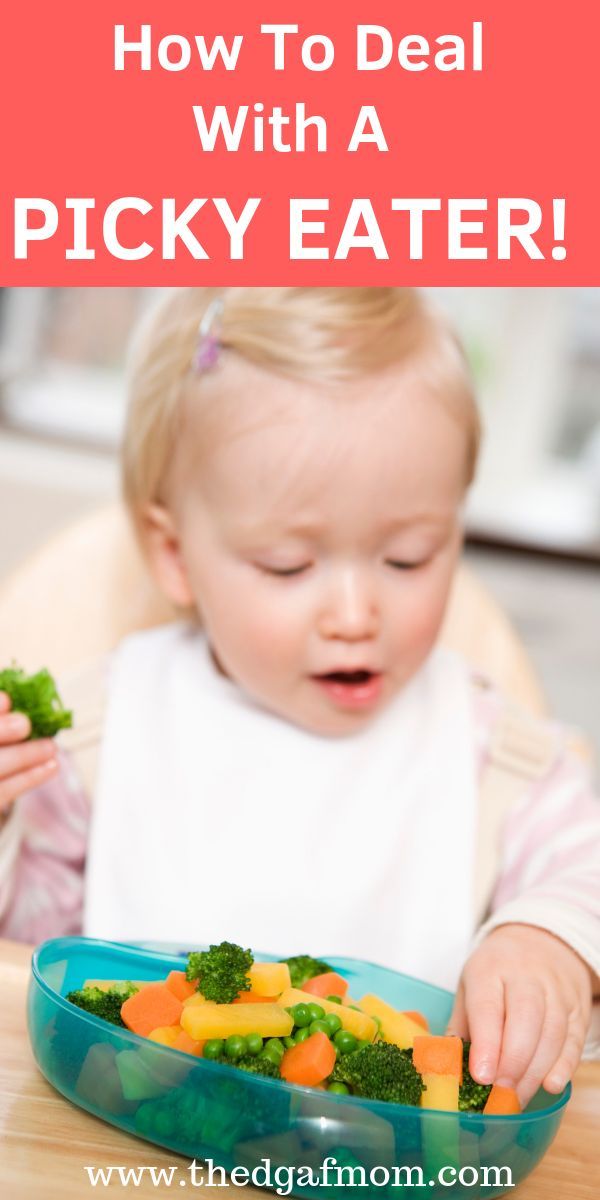 (Storage tip: you can pour a homemade puree into an ice cube tray and freeze it, and then just grab the cubes you need each time.)
(Storage tip: you can pour a homemade puree into an ice cube tray and freeze it, and then just grab the cubes you need each time.)
The American Academy of Pediatrics has suggestions for families to help decrease their children’s exposure to heavy metals in their food and drink:
- Give your child a wide variety of different foods (the more natural colors, the better).
- Vary the grains. As mentioned above, it’s best to limit rice and rice products (check labels — rice is in a lot of foods marketed for babies, like “puffs”). Try barley, oats, and other grains. When cooking rice, it’s best to cook it in extra water and drain that water off, and to use white basmati and sushi rice, which have less arsenic.
- Check your water. Old pipes can contain lead, which can leach into drinking water.
- Avoid fruit juices. Not only can they increase the risk of cavities and obesity, but many commercial juices also contain heavy metals.
- Make healthy fish choices.
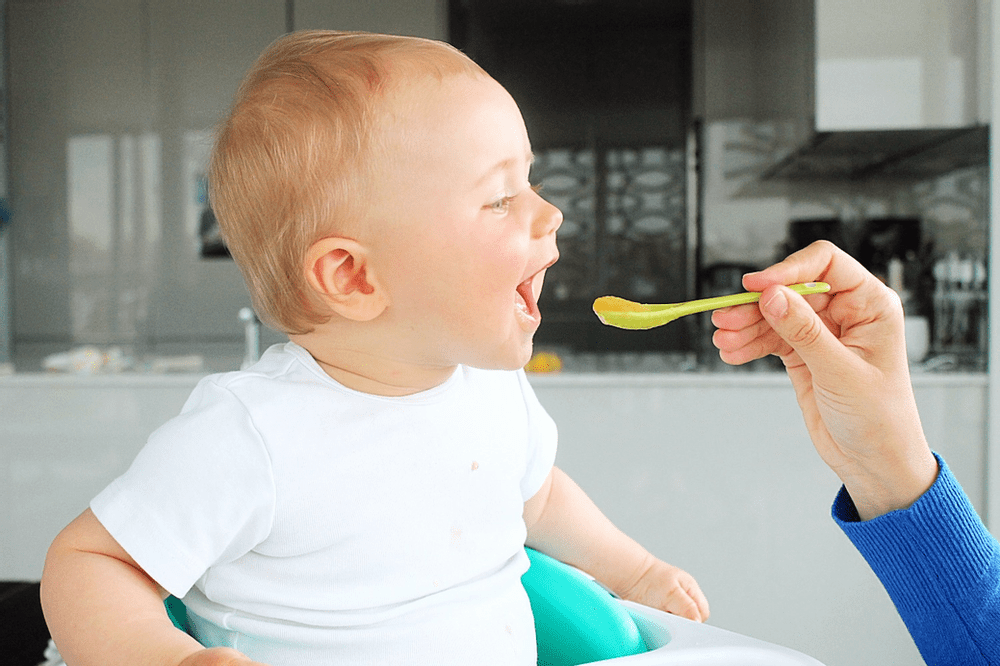 Fish contains nutrients that are very healthy for the developing brain, but some fish can contain unhealthy amounts of mercury. Stay clear of big, predatory, long-living fish like swordfish, shark, or albacore tuna; it’s better to choose fish like cod, light tuna, salmon, or pollock.
Fish contains nutrients that are very healthy for the developing brain, but some fish can contain unhealthy amounts of mercury. Stay clear of big, predatory, long-living fish like swordfish, shark, or albacore tuna; it’s better to choose fish like cod, light tuna, salmon, or pollock.
Follow me on Twitter @drClaire
As a service to our readers, Harvard Health Publishing provides access to our library of archived content. Please note the date of last review or update on all articles.
No content on this site, regardless of date, should ever be used as a substitute for direct medical advice from your doctor or other qualified clinician.
Toxic Chemicals Baby Food -- What Parents Can Do
Share on PinterestExperts say rice-based products can contain arsenic, so they recommend safer alternatives, such as oatmeal. Getty Images- A consumer health group says almost all baby food contains at least one toxic chemical.
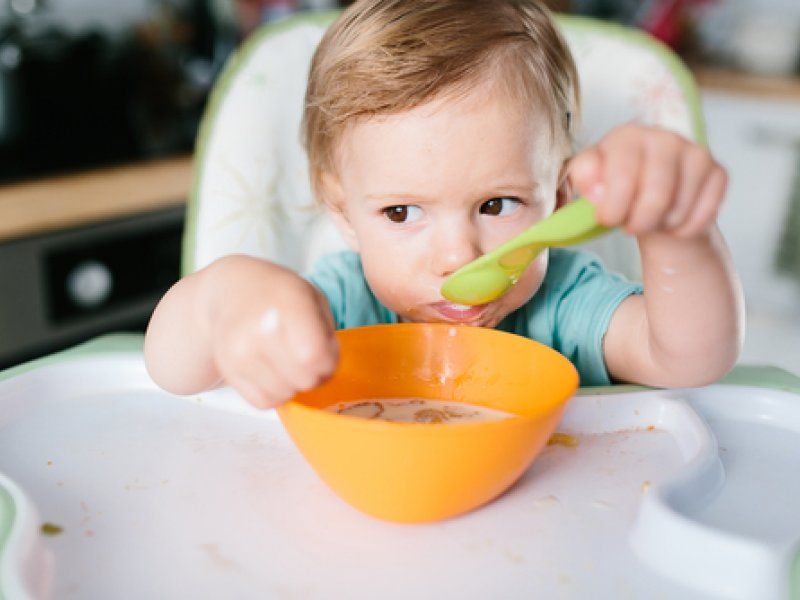
- Researchers said the amounts of toxins in baby food are small, but the chemical contamination can build up over time.
- Experts advise parents to avoid rice-based products and feed infants foods such as oatmeal.
Too many toxins are finding their way into food for young children, a new report says.
Tests of baby food sold in the United States revealed that 95 percent contain one or more toxic chemicals, including lead, arsenic, mercury, and cadmium.
And 1 in 4 of the 168 baby foods tested contained all four heavy metals, according to the report from the group Healthy Babies Bright Futures (HBBF).
The amounts of toxins found in baby food were small, but Dr. Philip Landrigan, a pediatrician and director of the Program in Global Public Health and the Common Good in the Schiller Institute for Integrated Science and Society at Boston College, noted, “Arsenic, lead, and other heavy metals are known causes of neurodevelopmental harm.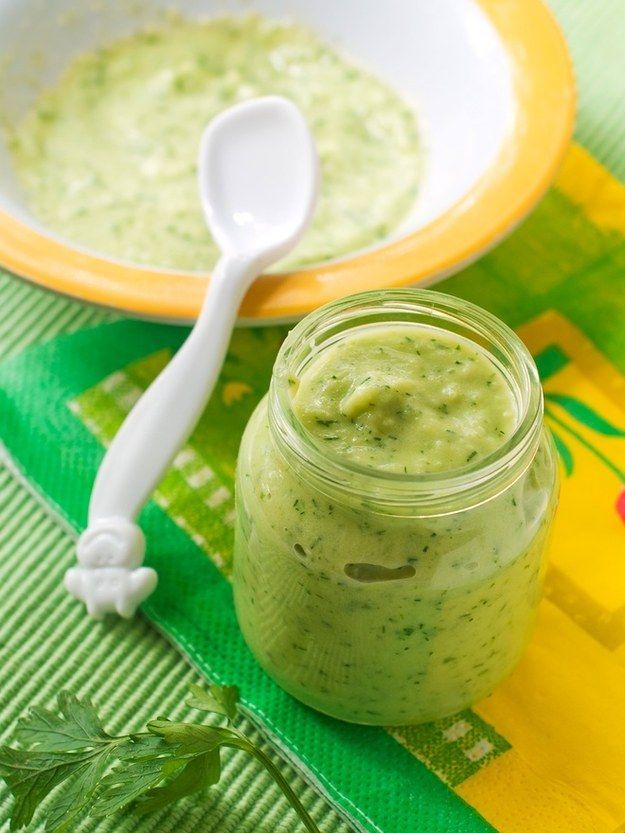 ”
”
“Low level exposures add up, and exposures in early life are especially dangerous,” he told Healthline. “The cumulative impact of exposures is what makes this a significant concern that demands action.”
In some cases, the toxins had natural origins.
For example, 4 of 7 infant rice cereals contained levels of inorganic arsenic higher than the standard of 100 parts per billion set by the Food and Drug Administration (FDA).
Since rice is known to readily absorb arsenic naturally found in soil, health experts advised parents to find alternative foods to feed their children, such as oatmeal in place of rice cereal.
Making such choices can eliminate toxin exposure by as much as 80 percent.
Among the high-risk foods for infants were rice-based snacks and meals (puffs snacks, teething biscuits, and infant rice cereal), carrots, sweet potatoes, and fruit juices.
Among the safer alternatives for young children are rice-free snacks, non-rice cereal (such as multigrain and oatmeal cereals), and non-rice-based soothing foods for teething (like a frozen banana or chilled cucumber).
Parents are also urged to serve a variety of vegetables, which contain a range of nutrients, and avoid relying too much on food types that may contain higher levels of toxins.
“You need to make sure your kids have a varied diet,” Lisa Barnett, co-founder of organic baby food company Little Spoon, told Healthline.
The advice goes against the old adage about introducing infants to one food at a time, but as Barnett notes, varying the child’s diet can ensure they get “nutrients that can act as a buffer to heavy metal absorption, or help the body eliminate them.”
“Multiple studies have discussed various arsenic levels in rice, so for years I have been telling parents to stay away from rice cereal,” Dr. Gina Posner, a pediatrician at MemorialCare Orange Coast Medical Center in California, told Healthline.
“I also suggest minimizing the amount of root vegetables given to a child based on what researchers found in terms of elevated levels of toxic substances,” she said.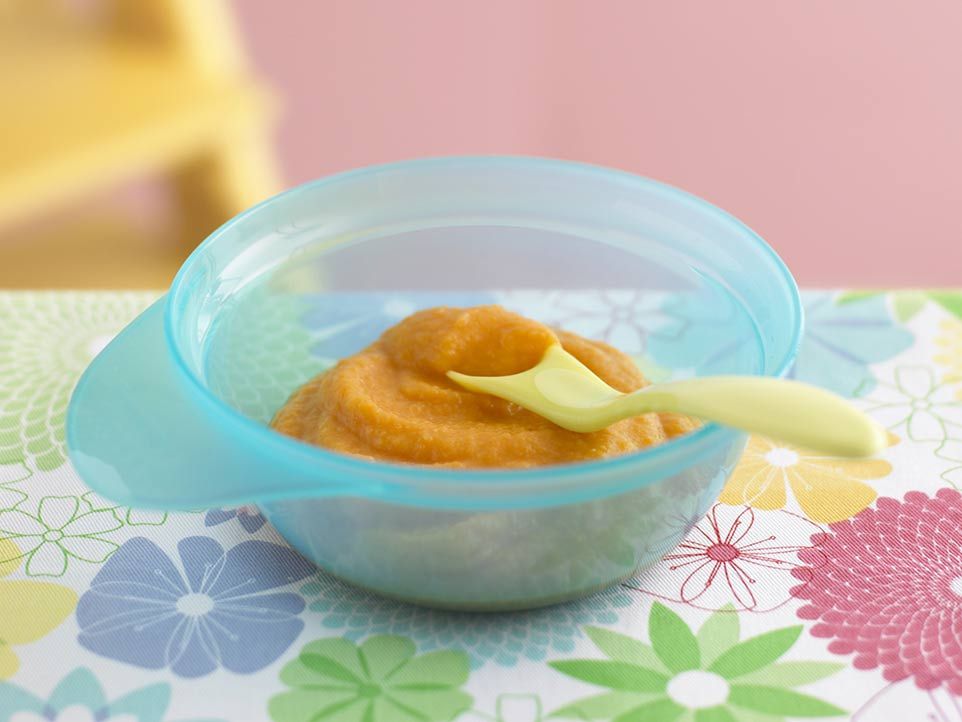 “Also, there has never been a healthy reason for giving children juice, so now there is even more of a reason for parents to avoid it altogether.”
“Also, there has never been a healthy reason for giving children juice, so now there is even more of a reason for parents to avoid it altogether.”
Luz Claudio, PhD, a professor of environmental medicine and public health at the Icahn School of Medicine at Mount Sinai in New York, told Healthline that she prepared her own baby food when her daughter was an infant, using steamed and pureed organic fruit and vegetables.
“One of the important things for parents to remember is that you may not know all of the ingredients (intentional or unintentional) that may go into baby food and juices marketed for children, even if you read the label,” said Claudio, who also writes about science issues. “These products can have high levels of sodium, preservatives, artificial colors, pesticides, and other contaminants or additives.”
However, even organic foods prepared without chemical pesticides aren’t immune from toxic contamination of soil and water.
“Organic standards do not address these contaminants, and foods beyond the baby food aisle are equally affected,” the report noted.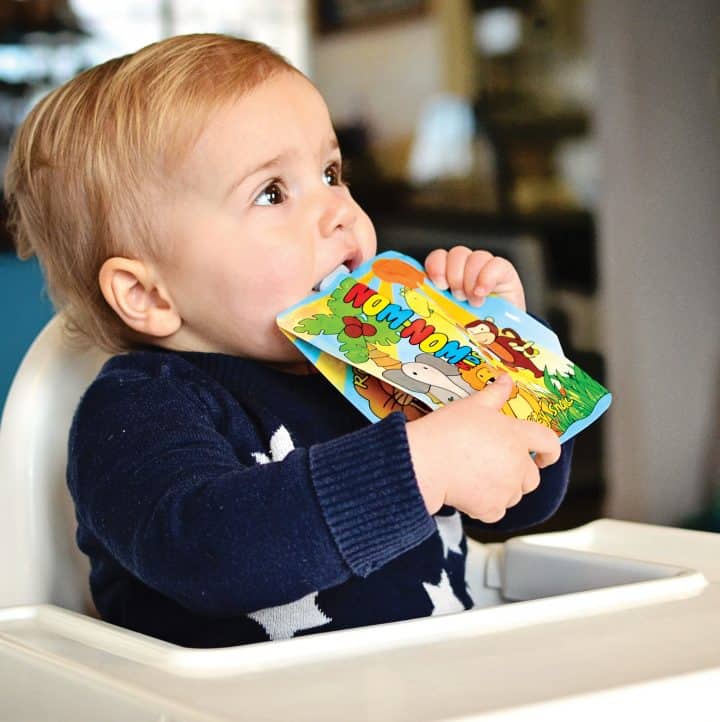
Jane Houlihan, HBBF research director and an author of the study, told Healthline that because heavy metals are in the food chain, the making of toxin-free baby foods requires careful sourcing and rigorous testing.
Organic vegetables grown next to an older highway, for example, may be planted in soil contaminated by passing cars spewing leaded gasoline fumes for decades.
Rice grown in Arkansas, Louisiana, and Texas is known to have higher arsenic levels than rice grown in California, India, or Pakistan.
Little Spoon sources its carrots from California and its sweet potatoes from Washington, where soil contamination levels are lower.
“It can also vary from field to field,” Houlihan said.
The manufacturing process may also introduce metal contamination into foods.
To avoid this problem, some companies have switched to stainless steel equipment.
At Little Spoon, products are made by hand and purified under cold water pressure, rather than heat-pasteurized in industrial facilities.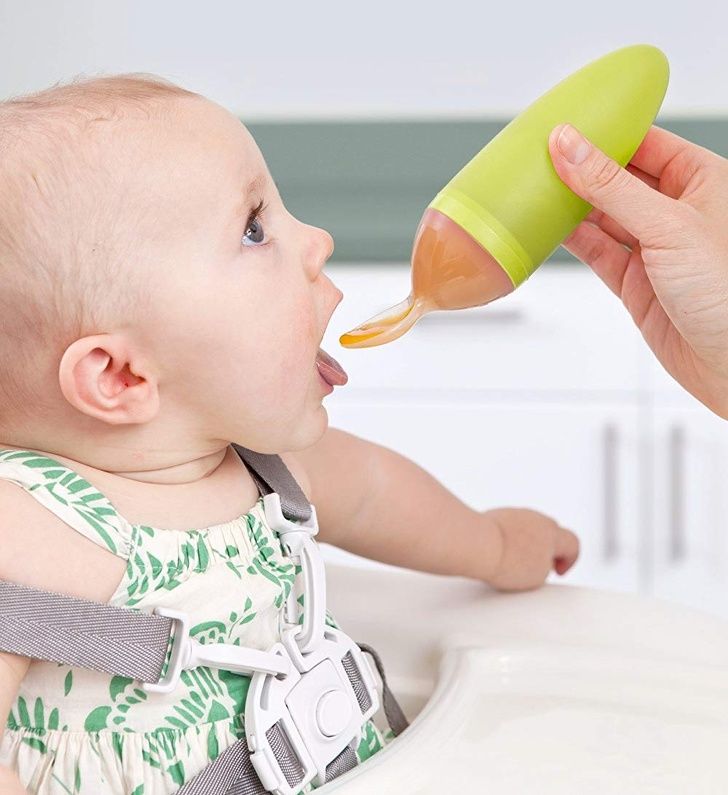
Manufacturers have taken other steps to keep environmental toxins out of their products, in part due to a draft guidance from the FDA about acceptable levels of contaminants in baby food.
“This is top of mind for the industry. Because baby food companies are voluntarily testing, it may be that their foods have lower levels of toxins than items you find in the grocery store” to make homemade baby food, Houlihan said.
Manufacturers, HBBF, and groups such as the Environmental Defense Fund have partnered to form the new Baby Food Council with the goal of minimizing the presence of heavy metal in processed baby food.
“Current arsenic contamination levels in rice cereal and juice are 36 percent and 75 percent less, respectively, than the amounts measured a decade ago,” Houlihan said.
“When FDA acts, companies respond. We need the FDA to use their authority more effectively, and much more quickly, to reduce toxic heavy metals in baby foods,” she said.
how to choose and what kind of baby food is better?
The ideal "baby food" for an infant is breast milk. However, not all mothers can breastfeed their baby, usually this is due to the health of the mother or child. It happens that the woman herself has a serious condition after childbirth and in the early postoperative period, reduced lactation or diseases in which breastfeeding is contraindicated. In such cases, the baby is given formula milk - this is the only alternative to mother's milk. Subsequently, at four to seven months, complementary foods should be introduced into the child's diet, regardless of whether he is breastfed or artificial. The mother is faced with the task of choosing the right baby food for complementary foods.
However, not all mothers can breastfeed their baby, usually this is due to the health of the mother or child. It happens that the woman herself has a serious condition after childbirth and in the early postoperative period, reduced lactation or diseases in which breastfeeding is contraindicated. In such cases, the baby is given formula milk - this is the only alternative to mother's milk. Subsequently, at four to seven months, complementary foods should be introduced into the child's diet, regardless of whether he is breastfed or artificial. The mother is faced with the task of choosing the right baby food for complementary foods.
In this article, we will talk about what foods for babies are and how to choose the best baby food.
Legislation under "baby food" means food products that meet the physiological needs of the body of a child under 14 years of age. And nutrition for young children is food intended for children from birth to three years[1]. It is necessary to make a diet taking into account the age of the baby and the characteristics of his physical condition.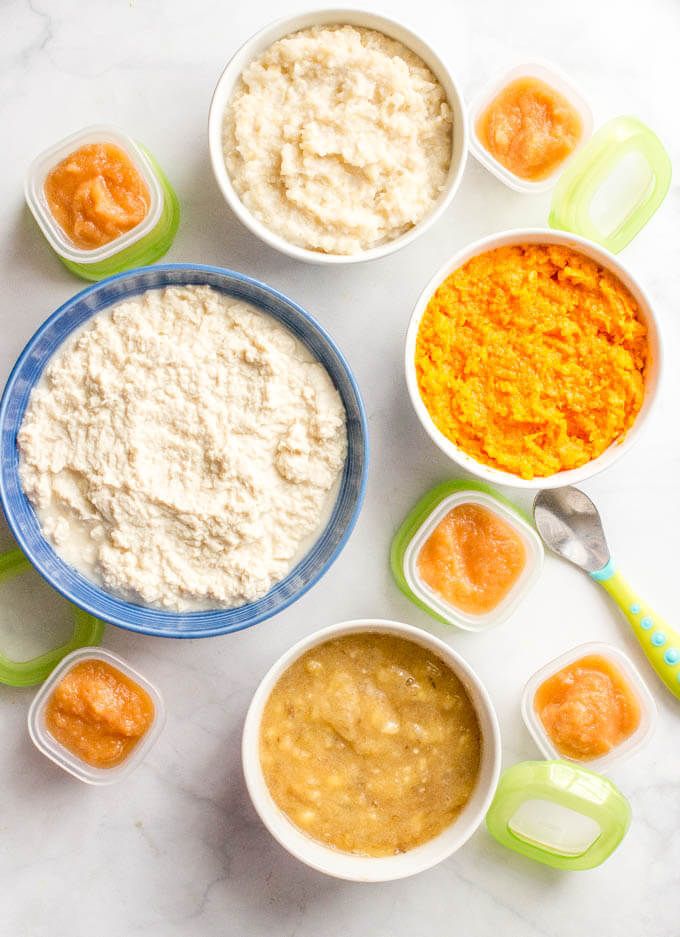
The Union of Pediatricians of Russia created the National Program for feeding children in the first year of life and the National Program for optimizing the nutrition of children from one to three years old [2]. They describe recommendations regarding what formula to feed the baby from birth, how to introduce complementary foods and expand the baby's diet. These programs provide detailed information on what nutrients and nutrients should be included in the diet of children of different ages.
First you need to figure out what kind of baby food is [3]. Products for toddlers can be divided into two categories:
Infant formula. There are for children from birth to six months (formula 1 mixtures, or initial), from six months to a year (formula 2) and from a year (formula 3). The composition of such baby food is adapted, that is, as close as possible to the composition of breast milk.
- In the initial mixtures, the amount of protein is reduced to 1.
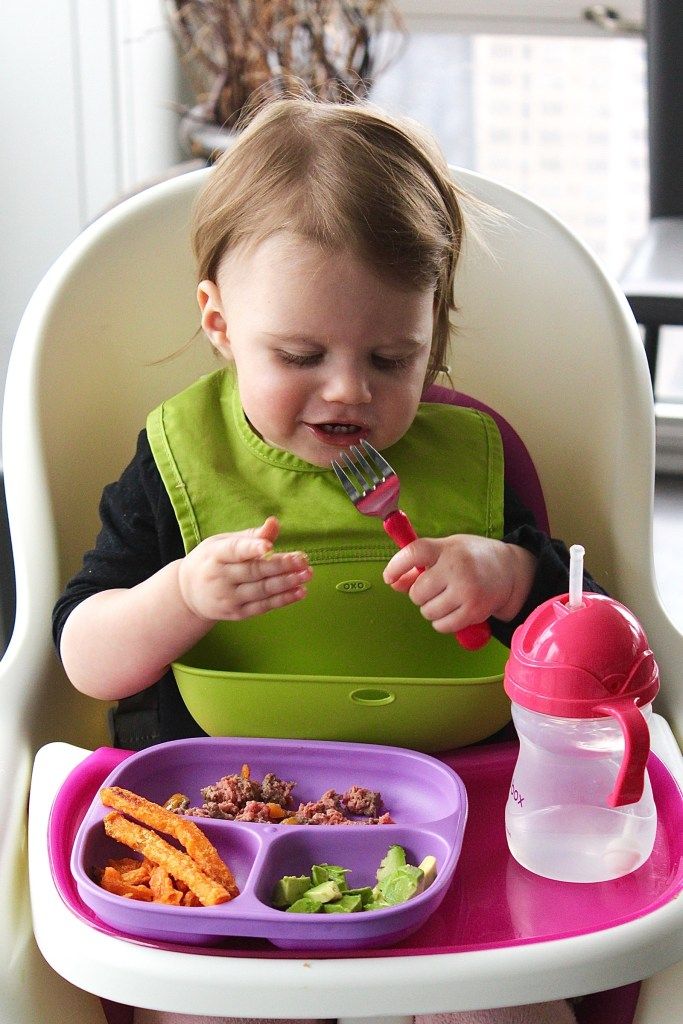 2-1.5 g / 100 ml - in accordance with the composition of breast milk. They also changed the fat and mineral profile. The initial mixtures are enriched with such an essential amino acid as taurine, and micronutrients, probiotics, vitamins.
2-1.5 g / 100 ml - in accordance with the composition of breast milk. They also changed the fat and mineral profile. The initial mixtures are enriched with such an essential amino acid as taurine, and micronutrients, probiotics, vitamins. - After six months, the baby's need for protein increases, mother's milk changes its composition. And babies on artificial feeding begin to be fed with a more nutritious mixture of formula 2. Taurine is no longer always needed: the body of a baby aged from six months to a year is able to synthesize this amino acid itself. Meanwhile, the content of iron, calcium, zinc increases compared to the initial mixtures, because by this age the child's reserves of minerals received from the mother during pregnancy are depleted, and they need to be replenished.
- A child's diet changes after one year - he is already able to eat a variety of solid foods. However, it is advisable to continue to feed him with a mixture, though already formula 3. Pediatricians recommend it as a source of vitamins and minerals that the baby can easily absorb.

Complementary foods As we have already noted, it is introduced when the baby is four to seven months old. This interval is called the "critical window" and is considered optimal for the initiation of complementary foods for several reasons:
- The baby needs a wider range of minerals, vitamins and other nutrients. In addition, his baby's digestive system is already ready to accept more solid and complex foods than mother's milk or infant formula.
- At this age, the child develops an interest in food, and it is necessary to offer him the right foods to develop his taste.
- During this period, the risk of developing a food allergy to a new product is lower.
- Timely introduction of complementary foods prevents the risk of micronutrient deficiencies and iron deficiency anemia.
Usually the first food is vegetable puree or monocomponent gluten-free cereals, dairy or dairy-free. Over time, cereals containing gluten, supplements from fruits and berries, and also consisting of several cereals are added. A six-month-old child can already be given several types of vegetables and cereals. Also, at about six months, they begin to give meat puree, then fruit, and from eight months - fish. A child from seven months is allowed the yolk.
A six-month-old child can already be given several types of vegetables and cereals. Also, at about six months, they begin to give meat puree, then fruit, and from eight months - fish. A child from seven months is allowed the yolk.
From the age of 12 months, complementary foods already make up the majority of your baby's diet. At this age, it is especially important to diversify the child's diet: he can be given soups with small pieces of vegetables, meat, fish and cereals.
Information
During the first feeding, the baby's eating habits are laid, and it depends on the parents how correct they will be. Often, mothers introduce fruit juices into complementary foods too early. And because babies have an innate preference for sweet tastes, they can become naughty and stop eating the unsweetened foods they need, especially vegetables. Unhealthy taste habits are formed, which can later provoke obesity.
Domestic doctors are concerned about such irrational nutrition of young children - due to the wrong approach to nutrition, many babies experience a deficiency of vitamins and an excess of fast carbohydrates.
How to choose baby foods
Finding the right foods for your baby is not an easy task. Store shelves are bursting with boxes, jars and bottles, and manufacturers write on every second package that the baby will be healthy, strong and cheerful after feeding. Of course, the baby will receive the necessary substances, no matter what product his parents choose, because all the production of baby food is strictly controlled by the state. By the way, Russia has some of the most stringent requirements for the quality of baby food in the world.
However, products for children differ in their properties. It is necessary to select food so that by the end of the first year of life the baby has actively developed chewing skills and an interest in independence, and the diet of complementary foods is reasonably varied.
For children from one to three years of age, the diet should be even more varied. It is important that the child receives daily something new from the main food groups: dairy, vegetables and fruits, meat and fish, cereals, butter and vegetable oil. Of course, the baby's diet should be expanded taking into account his state of health.
Of course, the baby's diet should be expanded taking into account his state of health.
When organizing the nutrition of a child from the moment of introduction of complementary foods and up to three years, a mother needs not only to know what can be fed, but also to consider what foods should not be included in the diet. Among the prohibited products for children under three years of age:
- any mushrooms, vegetables and fruits in a marinade;
- pickles, preserves in tomato sauce;
- commercial juice concentrates, carbonated drinks, coffee and strong tea;
- various condiments - mustard, ketchup, hot sauces, horseradish, pepper, vinegar, mayonnaise;
- products containing flavors, industrial colors, including chewing gum;
- margarine and refractory fats - lamb, pork;
- chocolates, sweets and other sweets.
To choose the right baby food, you need to know exactly what you should pay attention to and what you don't need to worry about.
When choosing mixtures, it is important to check:
- Absence of palm oil. Formula manufacturers may use palm oil (more specifically palm extract) because, like breast milk, it is rich in palmitic acid. However, in human milk, palmitic acid is in the beta position, while in palm oil it is in the alpha position. Such alpha-palmitic acid can interfere with the absorption of calcium and fats and is generally less well absorbed by the child's body. This can negatively affect the work of the intestines, lead to constipation, regurgitation. Milk fat is better suited for baby food as a source of palmitic acid[4][5].
- Protein ratio. Breast milk protein is primarily whey proteins and casein. A child needs both types of protein, while proteins are easily digested, which cannot be said about casein. If baby food contains a lot of casein, it stays longer in the digestive tract, which can cause problems with the baby's stool.
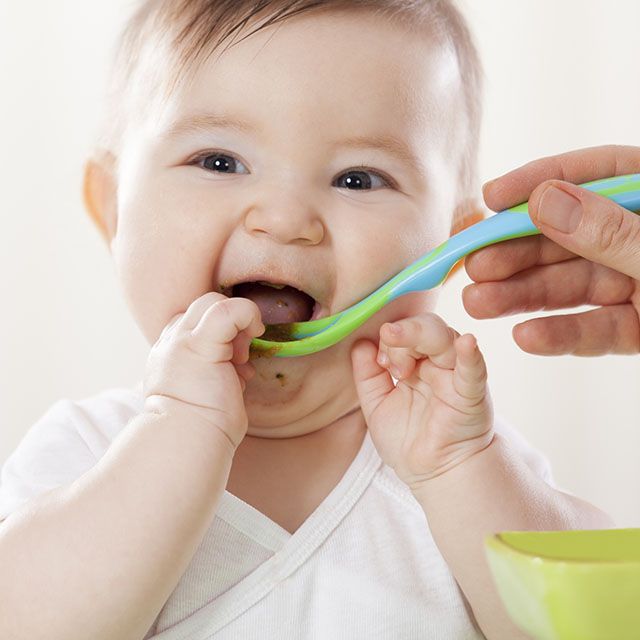
- The presence of additional functional elements in the composition - lutein, nucleotides, pre- and probiotics. The task of lutein is to protect vision from ultraviolet rays. Nucleotides are low molecular weight compounds that promote the growth of beneficial bifidobacteria in the intestines. And pre- and probiotics in the composition of infant formulas help to establish comfortable digestion.
When choosing complementary foods, pay attention to:
- Age appropriate. It is important that in the diet of a child under three years of age who receives complementary foods, special children's products predominate - in their composition the components are selected taking into account the age-related needs of the baby's body. It is impossible at an early age to transfer children to "adult" foods like pickles, smoked foods, fast food, and so on.
- Fortified products. It is important that the composition contains vitamins and minerals.
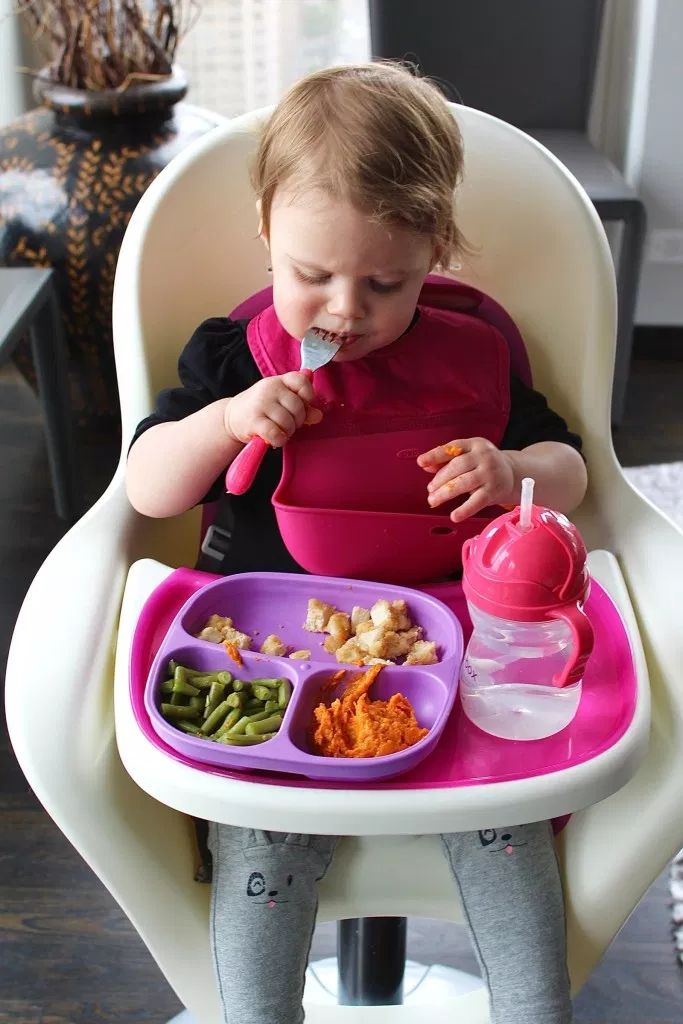 The National Child Nutrition Optimization Program recommends choosing complementary foods that contain elements designed to prevent anemia, rickets, and vitamin deficiencies.
The National Child Nutrition Optimization Program recommends choosing complementary foods that contain elements designed to prevent anemia, rickets, and vitamin deficiencies. - For a varied diet. The menu for a baby up to six months is quite monotonous. But as they grow older, the baby needs more various nutrients - proteins, carbohydrates, fats, vitamins, minerals.
- For the individual reaction of the baby. If the child is already receiving complementary foods, then it is worth introducing a new product only after the previous one has been fully introduced. If the baby is allergic to the product, then it should be administered carefully, carefully checking the reaction of the body.
Ingredient safety testing is optional. Of course, the content of any "chemistry" in the product for feeding a child, whether it be a mixture or complementary foods, is unacceptable. There is no need to worry about this: baby food is carefully checked. If it is registered on the territory of the Customs Union and hit the shelves, then it complies with SanPiN 2.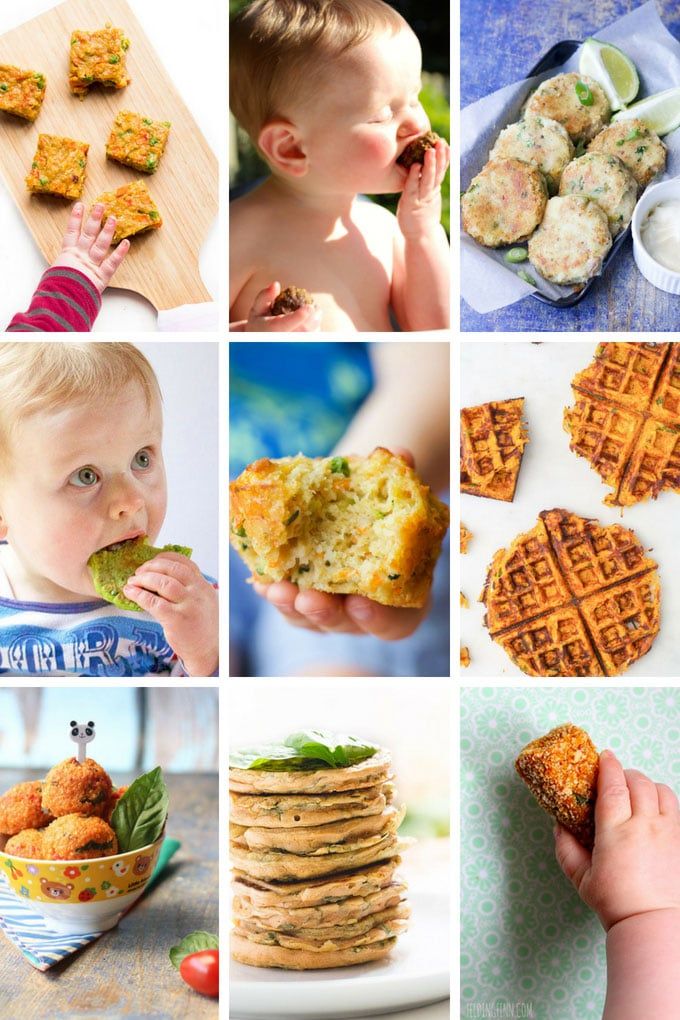 3.2.1940-05 and there will be no "prohibited" components in its composition. Also, contrary to popular misconception, in Russia it is forbidden to use GMOs in children's products.
3.2.1940-05 and there will be no "prohibited" components in its composition. Also, contrary to popular misconception, in Russia it is forbidden to use GMOs in children's products.
Note
Baby food in jars (usually mashed potatoes) has a short shelf life after opening because it does not contain preservatives. However, before the jar is opened, the products can stand for quite a long time on the shelves of stores or in the refrigerator at home. This is possible thanks to a special production technology, sterilization and vacuum packaging. If a soft pop is heard when opening the jar, this is a good sign: the puree is not spoiled. But products in jars with swollen lids or a protruding bottom should not be used: microorganisms already multiply in such food, it is not suitable for food.
Features of the choice of dairy products
It is necessary to choose dairy products for babies, following the doctor's recommendations.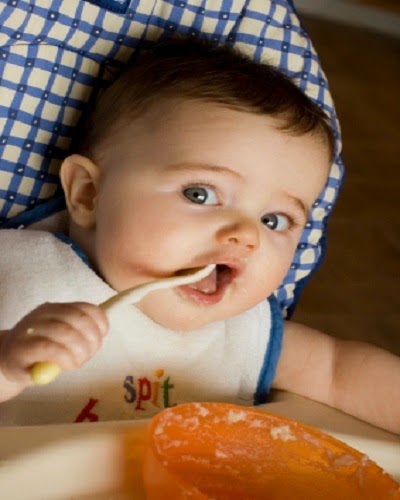 The specialist will take into account the health of the baby, especially if he is allergic to cow protein. In Russia, such an allergy occurs in 30–40% of children [6]. Such a reaction may occur due to hereditary predisposition and immaturity of the body. But most often, allergies go away when the child grows up.
The specialist will take into account the health of the baby, especially if he is allergic to cow protein. In Russia, such an allergy occurs in 30–40% of children [6]. Such a reaction may occur due to hereditary predisposition and immaturity of the body. But most often, allergies go away when the child grows up.
Goat milk baby food may be a suitable option for young children with a predisposition to allergies. Its protein is perceived by the body better than cow's: alpha-s1-casein, contained in large quantities in cow's milk, makes a product based on it difficult to digest - food stagnates in the baby's gastrointestinal tract, motor skills are disturbed, as a result, allergies often occur. In goat milk, as in breast milk, there is practically no alpha-s1-casein [7]. Therefore, goat's milk, and hence the mixture based on it, are better absorbed.
Of course, with the introduction of complementary foods, other dairy products will appear in the baby's diet. Unadapted fermented milk drinks, such as kefir, yogurt, biolact, can be introduced into the diet from eight months and in an amount not exceeding 200 ml.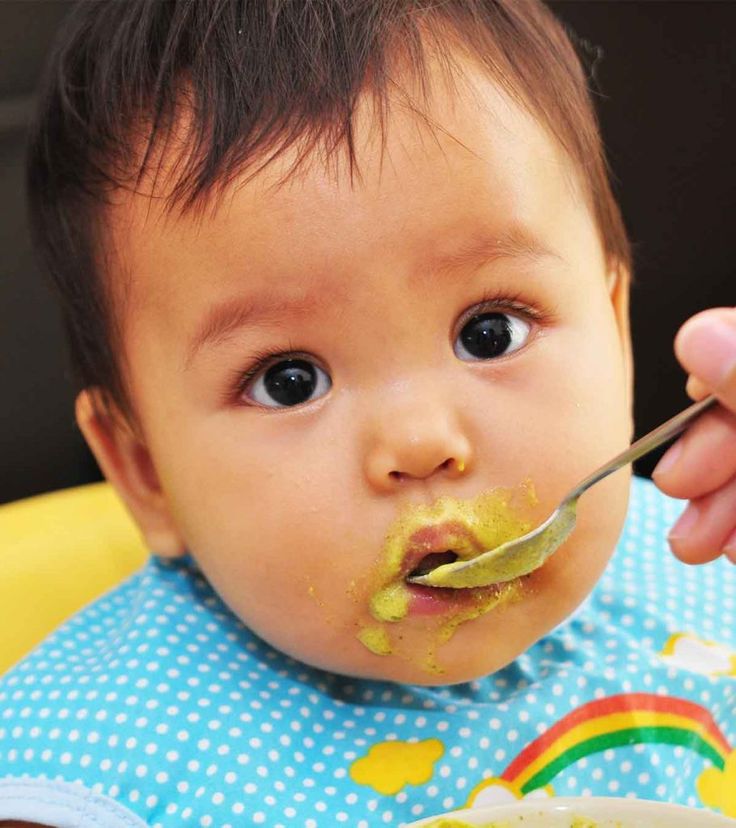 Also during this period, it is recommended to give cottage cheese - no more than 50 g per day, but according to indications, it can also be prescribed from the age of six months. Whole milk cannot be used as the main food, and it is advised to introduce it into the diet of babies no earlier than a year (in the amount of 100-150 ml per day) [8]. As mentioned above, it must be adapted infant milk or formula 3 formula.
Also during this period, it is recommended to give cottage cheese - no more than 50 g per day, but according to indications, it can also be prescribed from the age of six months. Whole milk cannot be used as the main food, and it is advised to introduce it into the diet of babies no earlier than a year (in the amount of 100-150 ml per day) [8]. As mentioned above, it must be adapted infant milk or formula 3 formula.
To choose the best baby food, it is necessary to take into account the health of the baby, his tastes, as well as individual reactions of the body. Therefore, before going to the store, you should consult a doctor. The specialist will not only tell you which baby food to choose, but also give recommendations on how to make the child's diet balanced and healthy.
On the safety of baby food
Nutrition is an important factor in the formation and preservation of children's health, their harmonious development. Modern parents, grandparents need to be guided in matters of baby food in order to choose high-quality products for the child that can fully provide the growing body with the necessary substances (proteins, fats, carbohydrates, trace elements and vitamins).
Food products for baby food - specialized food products intended for baby food for children from 0 to 6 years of age and older, meeting the physiological needs of the child's body and not causing harm to health.
Specialized baby food products include:
- adapted milk formulas intended for artificial feeding of infants deprived of mother's milk for any reason,
- Complementary foods (dairy, vegetable, fruit, cereal, meat or fish).
High nutritional and biological value are industrial products such as children's fruit, fruit and vegetable juices and purees, children's canned meat and fish based, meat and vegetable based, as well as dry milk porridges that do not require cooking.
These products are prepared from high-quality raw materials, are enriched with essential vitamins and minerals, are easy to prepare, eliminate the possibility of food contamination during cooking, and have a long shelf life.
A large group of specialized baby food products are medicinal products that have a specially specified composition, purposefully affect certain metabolic disorders caused by the pathological process.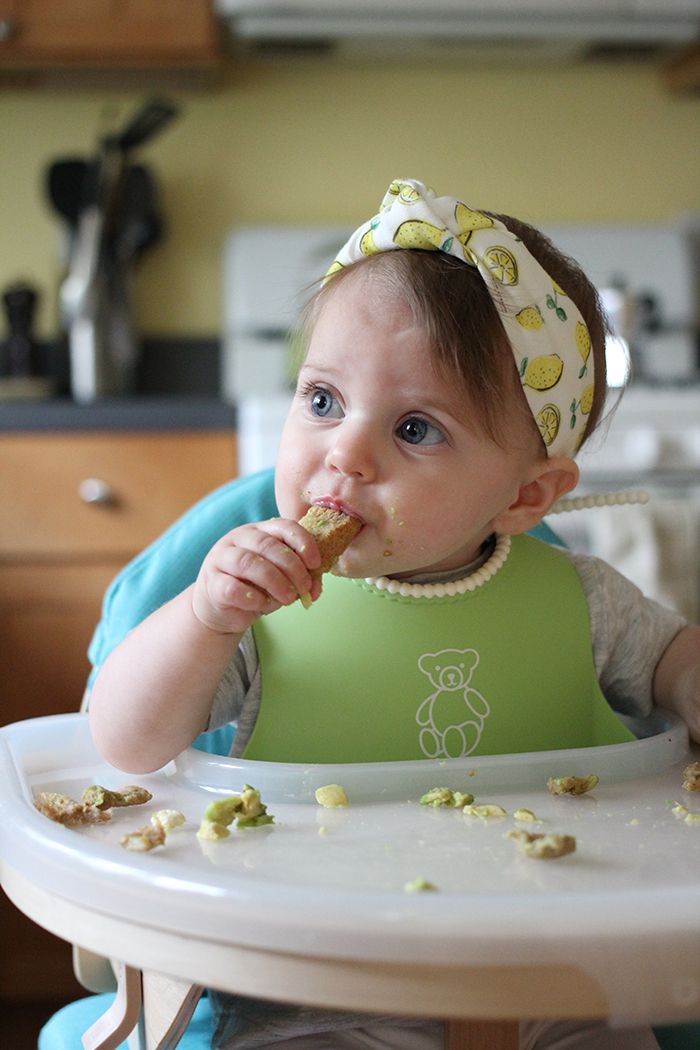
Production of baby food products for young children is carried out at specialized enterprises, in specialized workshops (or on specialized production lines). Legal entities, individual entrepreneurs and citizens engaged in the production and circulation of baby food products are responsible for providing them quality and safety in accordance with the legislation of the Russian Federation.
Manufactured products of baby food are accompanied by a certificate of state registration of the established form, which is issued on the basis of a sanitary and epidemiological examination of compliance (non-compliance) with normative documents of baby food products.
When purchasing baby food, pay attention to the information on the label. The labeling of compliant infant formula for infant nutrition must include the following additional information:
Recommendations for use Conditions of preparation, storage and use after opening the consumer packaging and based on partially hydrolyzed proteins), powdered cultured milk formulas
Older (from, from) 6 months - adapted or partially adapted subsequent milk formulas (including powdered), powdered cultured milk formulas
Older (from, from) 6 months - milk drinks (including dry) for infants, cottage cheese and products based on cottage cheese for young children older than (from, from) 4 months, indicating in the labeling age restrictions for the intended purpose of the product)
Older (from, from) 8 months - drinking cream (it is allowed to use for the preparation of complementary foods for infants older than (from , c) 6 months with indication in the labeling of age restrictions for the intended purpose of the product)
Older (from, from) 8 months - kefir, yogurt and other fermented milk products
Composition of the product (indicating the names of vegetable oils and carbohydrates used)
Nutritional value of the product, including the content of vitamins, minerals and energy value (when enriched product - percentage of daily requirement)
Packages of adapted or partially adapted initial or follow-up milk formulas (including powdered ones) must bear a warning label: "Breastfeeding is preferable for nutrition of young children.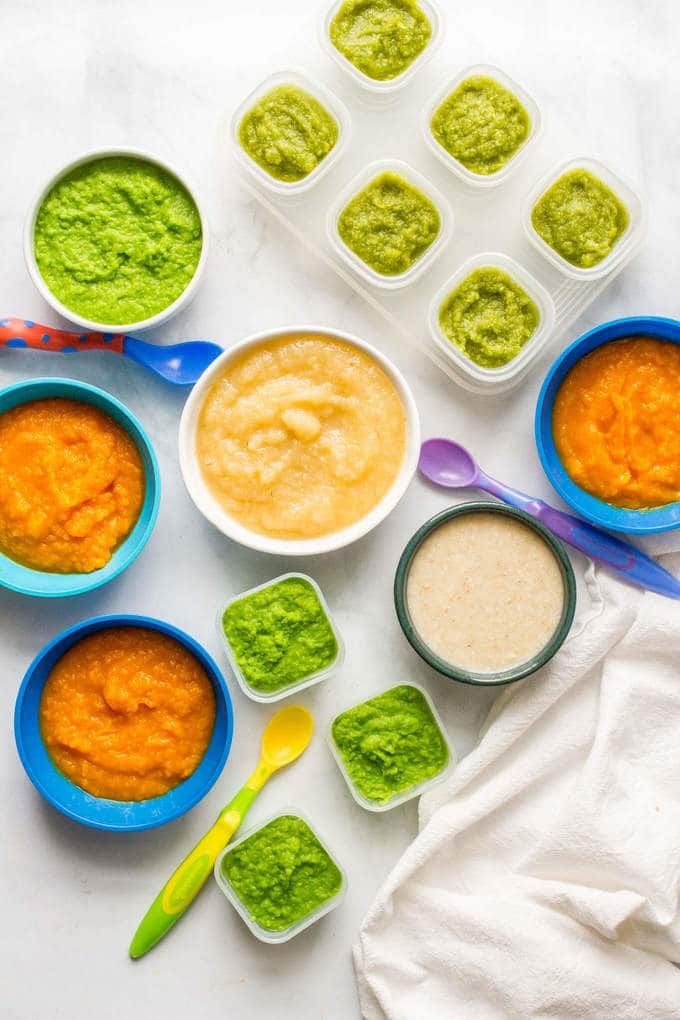 "
"
Human milk substitutes must not be labeled with images of children.
On consumer packaging of fruit and (or) vegetable juice products for baby food, in the name or in close proximity to it, the words "for baby food" or other words reflecting the purpose of such products for baby food, as well as information on the age category of children for whom the products are intended, recommendations on the conditions and shelf life after opening the consumer package.
The consumer package of juice products from fruits and (or) vegetables for children of the first year of life indicates the age of the child (in months), from which it is recommended to introduce this product into the child's diet, and recommendations for its consumption. In this case, it is not allowed to indicate the age of a child younger than four months.
The most frequently asked questions are about the child's reaction after using the product.
More often than not, investigations into these cases confirm that the product meets the requirements for it.